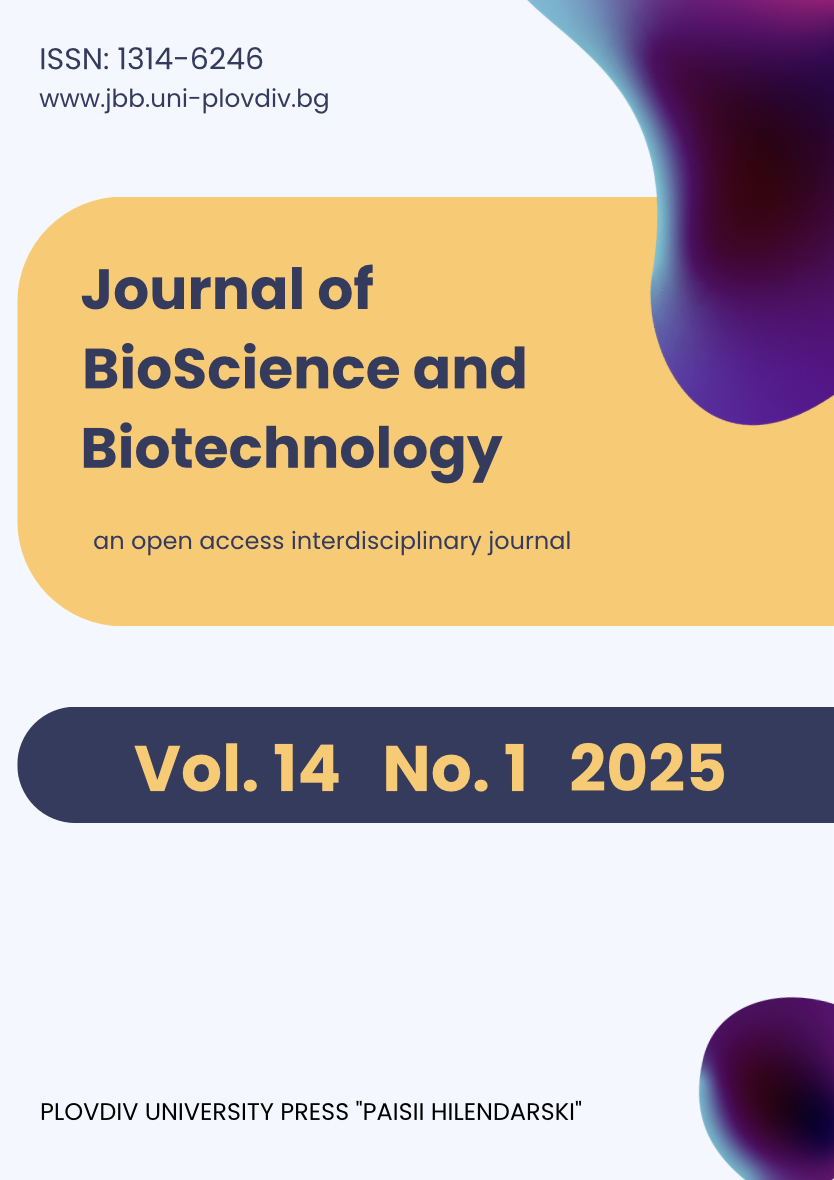Callus induction and plant regeneration in five Bangladeshi rice landraces
Keywords:
Rice landraces, Callus induction, Plant regeneration, N6 mediaAbstract
A successful callus induction and in vitro plant regeneration method has tremendous potential to regenerate rice landraces, which could be used for further genetic improvement. Research on rice landraces is scarce, and these landraces are becoming extinct in nature. Therefore, the study aimed to create an optimized plant regeneration protocol using plant growth regulators (PGRs) on N6 media for five Bangladeshi rice landraces: Hingairmanik, Moynashail, Haloi, Noyaraz, and Prabini. N6 media were enhanced with various concentrations and combinations of PGRs to find out the greatest PGR composition for callusing and regeneration. Hingairmanik, Moynashail, and Haloi showed maximum calli formation on N6 medium supplemented with 2.5 mg/l 2,4-D (2,4-dichlorophenoxy acetic acid), achieving 80%, 90%, and 76.67% callus induction, respectively. In contrast, the largest callus induction was found in Noyaraz (76.67%) and Prabini (66.67%) on N6 medium having 3.0 mg/l 2,4-D. For complete plant regeneration from embryogenic calli, N6 medium supplemented with three different combinations of NAA (1-naphthalene acetic acid) and BA (6-Benzylaminopurine) concentrations was employed. In the case of Moynashail, Prabini, and Haloi, the highest rates of regeneration were obtained on N6 medium amended with 1.5 mg/l NAA and 3.0 mg/l BA, resulting 70%, 55%, and 60% of regeneration, respectively. In addition, both Hingairmanik and Noyaraz showed maximum regeneration frequency (65%) at medium having 1.5 mg/l NAA and 3.5 mg/l BA. This study has the potential to contribute significantly to future genetic research on these Bangladeshi rice landraces.
Downloads
Published
How to Cite
Issue
Section
License
Copyright (c) 2025 Tahera Lasker, Samaun Nasaba Parvez, Md. Nazmul Hasan, Md. Mobarok Karim, Shamsul H. Prodhan, Md. Shariful Islam

This work is licensed under a Creative Commons Attribution-NonCommercial-NoDerivatives 4.0 International License.
Authors of articles published in Journal of BioScience and Biotechnology retain the copyright of their articles. The journal/publisher is not responsible for subsequent uses of the work. It is the author's responsibility to bring an infringement action if so desired by the author.
- copyright, and other proprietary rights relating to the article, such as patent rights;
- the right to use the substance of the article in future own works, including lectures and books;
- the right to reproduce the article for own purposes, provided the copies are not offered for sale;
- the right to self-archive the article.


